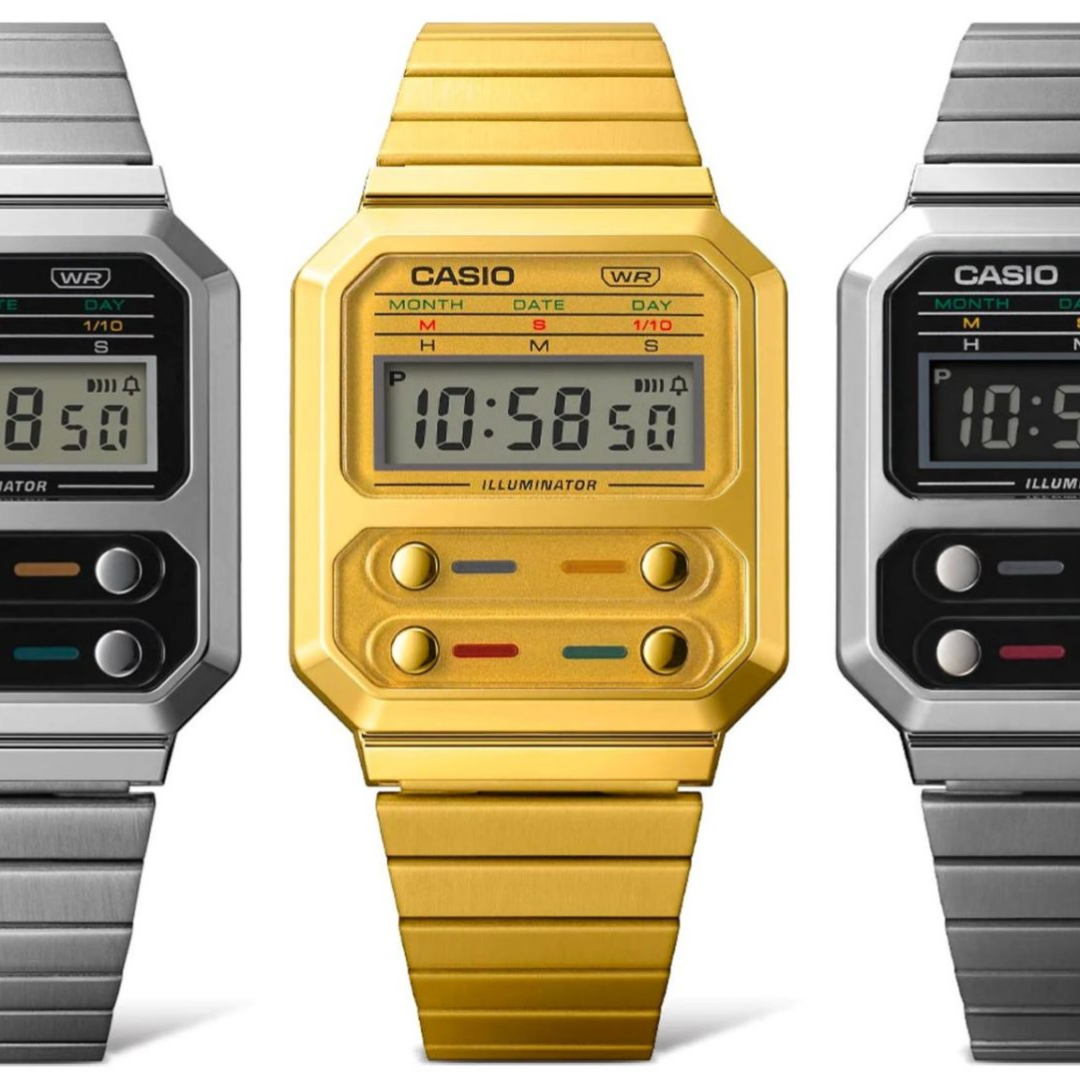The evolution of gaming graphics has seen remarkable advancements since the inception of the industry. Early games featured simple, pixelated visuals, limited by the technology of their time. As gaming technology has progressed, graphics have transformed into stunningly realistic representations that create immersive experiences for players.
From 8-bit graphics in the 1980s to the high-definition landscapes of today, each decade has introduced innovations that pushed the boundaries of what is possible. The incorporation of 3D rendering, realistic lighting effects, and complex animations has significantly enhanced the visual dimension of video games. These advancements not only define the aesthetics of gameplay but also influence player engagement and storytelling within the medium.
The gaming industry has embraced these changes, constantly striving for visual fidelity and creativity. Graphics have become a major selling point, captivating audiences and driving technological investments. As players continue to seek more lifelike experiences, the evolution of gaming graphics remains a dynamic and pivotal aspect of the gaming landscape.
Early Innovations in Gaming Graphics
The development of early gaming graphics set the foundation for the industry. Fundamental advances began with simple visuals, evolving through arcade games, and into the first home consoles. Each step introduced more sophisticated graphics and broader accessibility.
Birth of Video Games: From ‘Tennis for Two’ to ‘Pong’
In 1958, Tennis for Two emerged as one of the first interactive games. Created by physicist William Higinbotham, it featured a simple two-dimensional representation of a tennis court using an oscilloscope. This innovation paved the way for future developments in gaming.
In 1972, Pong, developed by Atari, went a step further. It showcased a more polished graphics style with moving paddles and a bouncing ball. The game’s success made it a landmark in the gaming industry, introducing many to arcade video games for the first time.
Arcade Machines and the Rise of Colour Graphics
The late 1970s and early 1980s marked a significant shift in gaming with arcade machines becoming more popular. Games like Space War and Computer Space pioneered the use of graphics in arcade settings. These games utilised blocky sprites and basic animations, captivating players in bustling arcade environments.
As technology progressed, colour graphics became standard. Iconic titles like Pac-Man and Donkey Kong featured colourful characters and engaging environments. These innovations not only enhanced visual appeal but also improved gameplay dynamics, attracting diverse audiences.
Home Consoles and the Shift to Living Rooms
The introduction of home consoles revolutionised gaming access. The Magnavox Odyssey, launched in 1972, was the first home console, featuring simple graphics and basic games like table tennis. This device brought video games directly into living rooms, making them more accessible to families.
Atari followed with its 2600 model, integrating improved graphics and a wider game library. The shift towards home gaming made it possible for developers to experiment with graphic designs that could be enjoyed over extended periods. This evolution contributed significantly to the growth of gaming culture during the early years.
The Revolution of 3D Graphics and Console Wars
The transition from 2D to 3D graphics marked a significant change in gaming. This transformation was influenced by advancements in technology, competition between major gaming consoles, and the demand for immersive gameplay experiences.
From Pixel Art to 3D Polygons
In the early days, gaming relied heavily on pixel art, with titles such as Super Mario Bros establishing the visual style. The introduction of 3D graphics revolutionised gameplay, allowing developers to create detailed environments.
Games like Doom showcased early 3D techniques, providing a first-person perspective that enhanced player engagement. This new technology paved the way for polygonal graphics, enabling complex character designs and lifelike animations. The leap from sprites to 3D models also expanded the possibilities for storytelling in games.
Influence of Personal Computers and Gaming Consoles
The battle between personal computers and gaming consoles played a key role in the evolution of graphics. Early PCs like the IBM compatible allowed for more advanced hardware, supporting complex graphics via dedicated graphics cards. In parallel, consoles such as the PlayStation changed the landscape by offering 3D graphics at an affordable price.
The competition led to rapid technological advancements. Each new console generation introduced improved graphics capabilities, enticing both developers and gamers. The rivalry sparked innovation, with the Nintendo 64 and PlayStation pushing 3D rendering to new heights.
Iconic Games and Shaping Genres
Several iconic games emerged during the 3D graphics revolution, shaping genres and influencing developers. Mortal Kombat introduced gamers to realistic character modelling and gore, while The Legend of Zelda: Ocarina of Time set new standards for open-world exploration.
Meanwhile, Resident Evil paved the way for the survival horror genre through atmosphere and tension, using fixed camera angles to enhance the player experience. These games, alongside others like Final Fantasy VII, helped define narrative styles and gameplay mechanics in the industry.
Rise of Complex Narratives and Storytelling
As graphics improved, so did the complexity of narratives in gaming. Titles such as Deus Ex and Grand Theft Auto V combined detailed graphics with rich storytelling, enabling players to make impactful choices.
Games like Skyrim and Red Dead Redemption further expanded on this by creating vast, immersive worlds with intricate plots and character development. The emphasis on narrative and decision-making transformed gaming from mere entertainment to a medium for storytelling, akin to film and literature.
Modern Graphics Technologies and Innovations
Recent advancements in graphics technologies significantly enhance user experience and performance in gaming. From cutting-edge hardware to immersive technologies, these innovations shape how players interact with digital worlds.
Cutting-Edge Graphics Hardware and Software
Modern graphics hardware, such as NVIDIA GeForce graphics cards, offers unparalleled performance boosts. With technologies like ray tracing and DLSS (Deep Learning Super Sampling), games achieve enhanced graphics realism and fluid frame rates.
Key Features:
- Ray Tracing: Simulates realistic lighting and shadows.
- DLSS: Utilises AI to upscale lower-resolution images, enhancing performance.
Additionally, game engines like Unreal Engine and Unity incorporate advanced rendering techniques. This ensures that developers can deliver visually stunning environments and characters, engaging players more deeply.
Immersive Technologies: Virtual and Augmented Reality
Virtual reality (VR) and augmented reality (AR) have transformed gameplay experiences. VR immerses players in 3D environments, allowing them to interact with games in ways previously unimaginable. Major VR headsets, including the Oculus Quest and HTC Vive, offer high resolution and low latency for smoother experiences.
Applications in Gaming:
- VR Games: Titles like “Half-Life: Alyx” leverage VR for engagement.
- AR Experiences: Games such as “Pokémon GO” overlay digital images in the real world.
These technologies not only enhance gameplay but also transform social interactions in gaming, allowing players to connect in shared virtual spaces.
Emergence of Cloud Gaming and Streaming Platforms
Cloud gaming represents a shift in how games are accessed and played. Platforms like Google Stadia allow users to stream games without high-end hardware. This model broadens accessibility, enabling gamers to enjoy graphically intensive titles on various devices.
Advantages:
- Instant Access: No downloads or installations are required.
- Cross-Platform Play: Users can switch devices seamlessly.
With improved internet infrastructure, performance issues have decreased. This innovation opens new avenues for online gaming, allowing players to engage with friends and communities globally.
Future Trends and the Broader Impact of Graphics Evolution
The evolution of gaming graphics is poised to shape the future in significant ways. Key advancements include the integration of artificial intelligence and procedural generation, the rise of cross-platform play, and the impact of blockchain technology and non-fungible tokens.
Artificial Intelligence and Procedural Generation
Artificial intelligence is transforming how games are developed and experienced. By utilising AI, developers can create complex, dynamic environments that respond to player behaviour.
Procedural generation allows for vast landscapes and intricate designs without requiring extensive manual art creation. Games like No Man’s Sky, which leverage these techniques, offer nearly endless exploration.
The gaming industry benefits from reduced development times and increased player engagement. Personalisation of gameplay experiences will likely enhance player satisfaction, allowing games to adapt to individual preferences and playstyles.
Cross-Platform Play and Content Creation
Cross-platform play is changing how players interact within the gaming ecosystem. It allows a unified experience across different devices, fostering a larger community.
Content creators can bridge gaps between platforms, sharing experiences and insights across diverse audiences. This heightened interaction drives game reviews and tutorials, enriching communal engagement.
Mobile gaming is also impacted; games designed with cross-platform capabilities attract a wider range of players. Players can enjoy complex games like Ace Combat on various devices while participating in a cohesive online experience.
Blockchain, NFTs, and the Expansion of Virtual Worlds
Blockchain technology is beginning to integrate into gaming, offering new ownership models through non-fungible tokens (NFTs). Players can own unique in-game assets, fostering a sense of investment and commitment.
This trend extends to virtual worlds, where players can buy, sell, and trade digital property. Blockchain enhances trust and transparency in transactions, which can have a profound effect on in-game economies.
Esports will also evolve as these technologies become mainstream. Gamers will not only compete but also create and trade assets in an expanding virtual marketplace, reshaping how players interact with games and each other.




